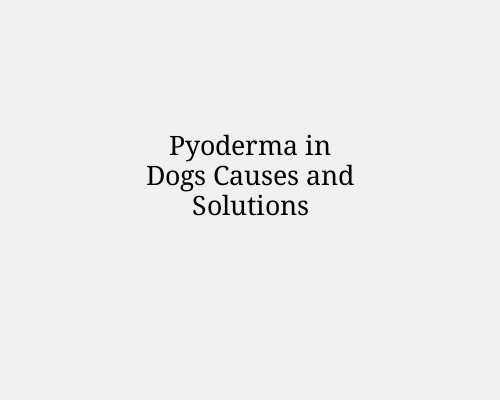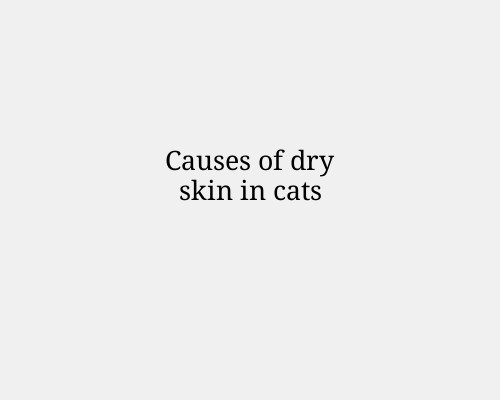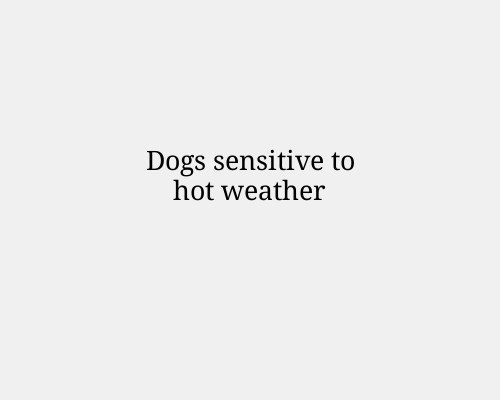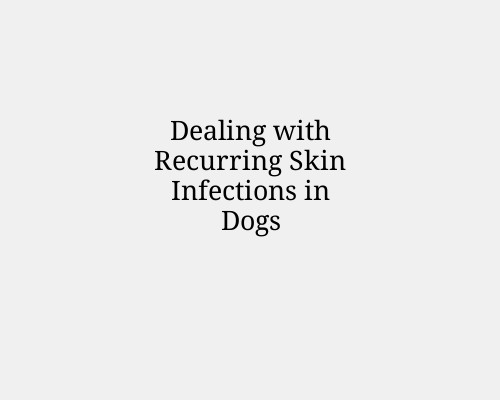Treating your pet’s hotspot
A hotspot, also known as Pyotraumatic Dermatitis, is a painful and inflamed area of skin on a dog that is caused by excessive licking, scratching, or biting. Hotspots can occur for a variety of reasons, including allergies, infections, fleas, and insect bites. If left untreated, hotspots can quickly become infected and spread, leading to more serious health issues. Here is how to treat a hotspot on a dog:
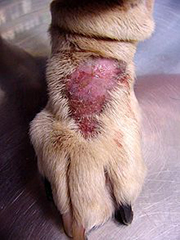
- Keep the area clean and dry. The first step in treating a hotspot is to keep the affected area clean and dry. This will help to prevent the hotspot from becoming infected and will promote healing. If the hotspot is dirty, gently clean it with a mild soap and water. Avoid using harsh chemicals or alcohol, as these can irritate the skin and make the hotspot worse.
- Make use of a dehydrating agent such as GENTIAN VIOLET. Apply it 2 – 3 times a day for 4 – 6 weeks. Signs of healing should start to show after about 7 – 10 days.
- Trim the fur around the hotspot. It is important to trim the fur around the hotspot to allow air to circulate and speed up the healing process. Use a pair of scissors or clippers to carefully trim the fur, being careful not to cut the skin.
- Apply a soothing ointment or cream. There are several over-the-counter ointments and creams that can help to soothe the hotspot and promote healing. These products often contain ingredients such as hydrocortisone, which helps to reduce inflammation and itching, and antibiotics, which can help to prevent infection. Follow the instructions on the product label for how to apply the ointment or cream.
- Use an Elizabethan collar. An Elizabethan collar, also known as an “e-collar,” is a cone-shaped device that is worn around a dog’s neck to prevent them from licking or biting at the hotspot. This will allow the hotspot to heal without being constantly irritated.
- Consult with a veterinarian. If the hotspot does not improve or if your dog has multiple hotspots, it is important to consult with a veterinarian. They may prescribe medications, such as antibiotics or anti-inflammatory drugs, to help treat the hotspot and any underlying conditions.
By following these steps, you can effectively treat a hotspot on your dog and help them to heal quickly and comfortably. Remember to monitor the hotspot closely and consult with a veterinarian if you have any concerns.


